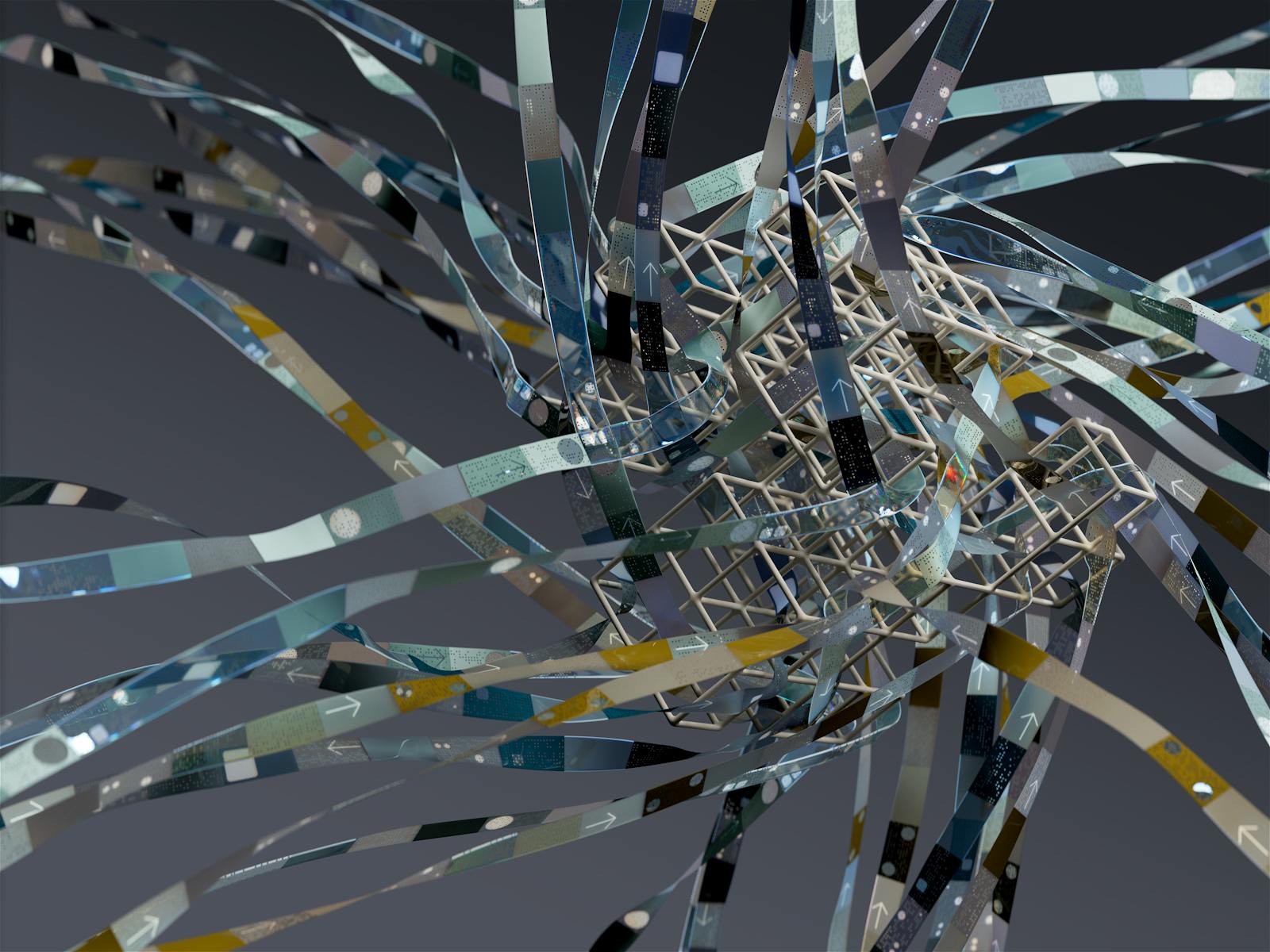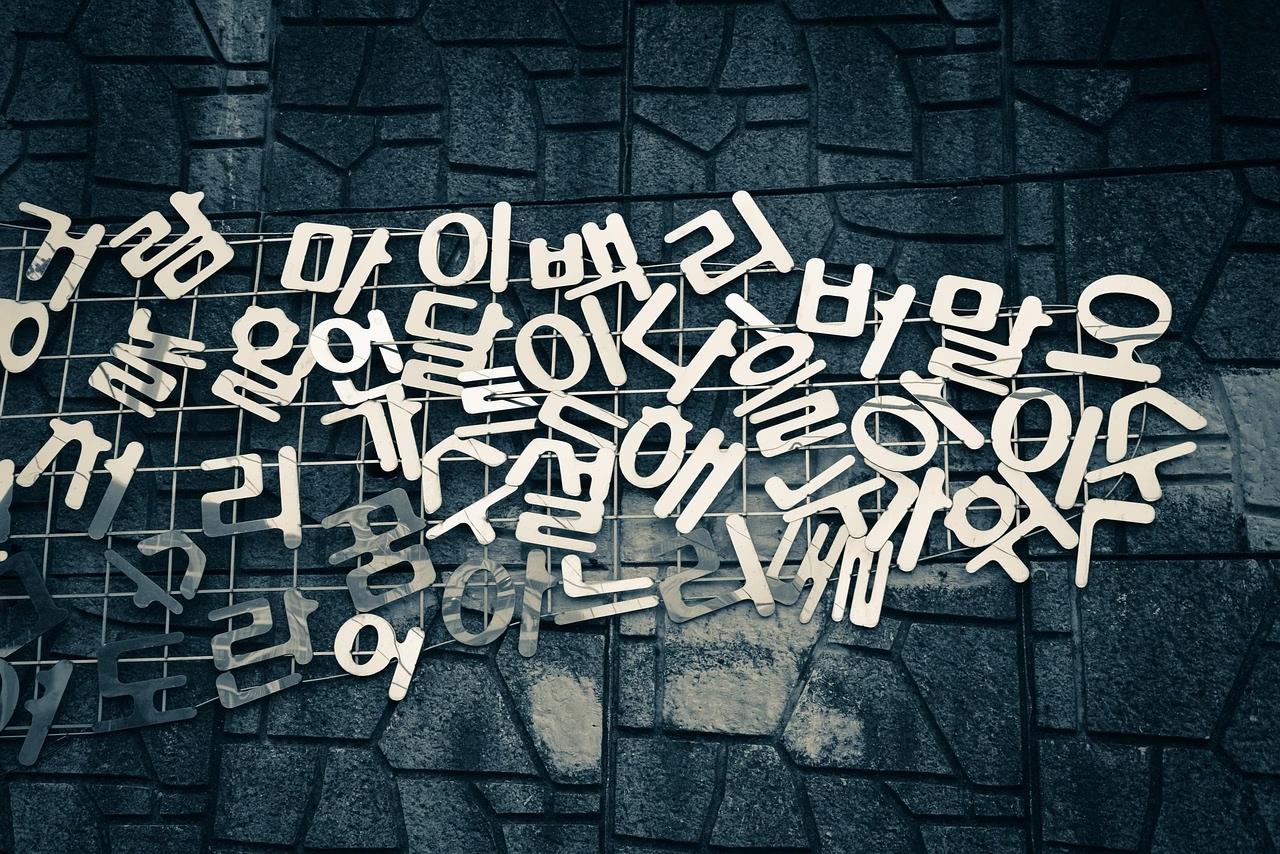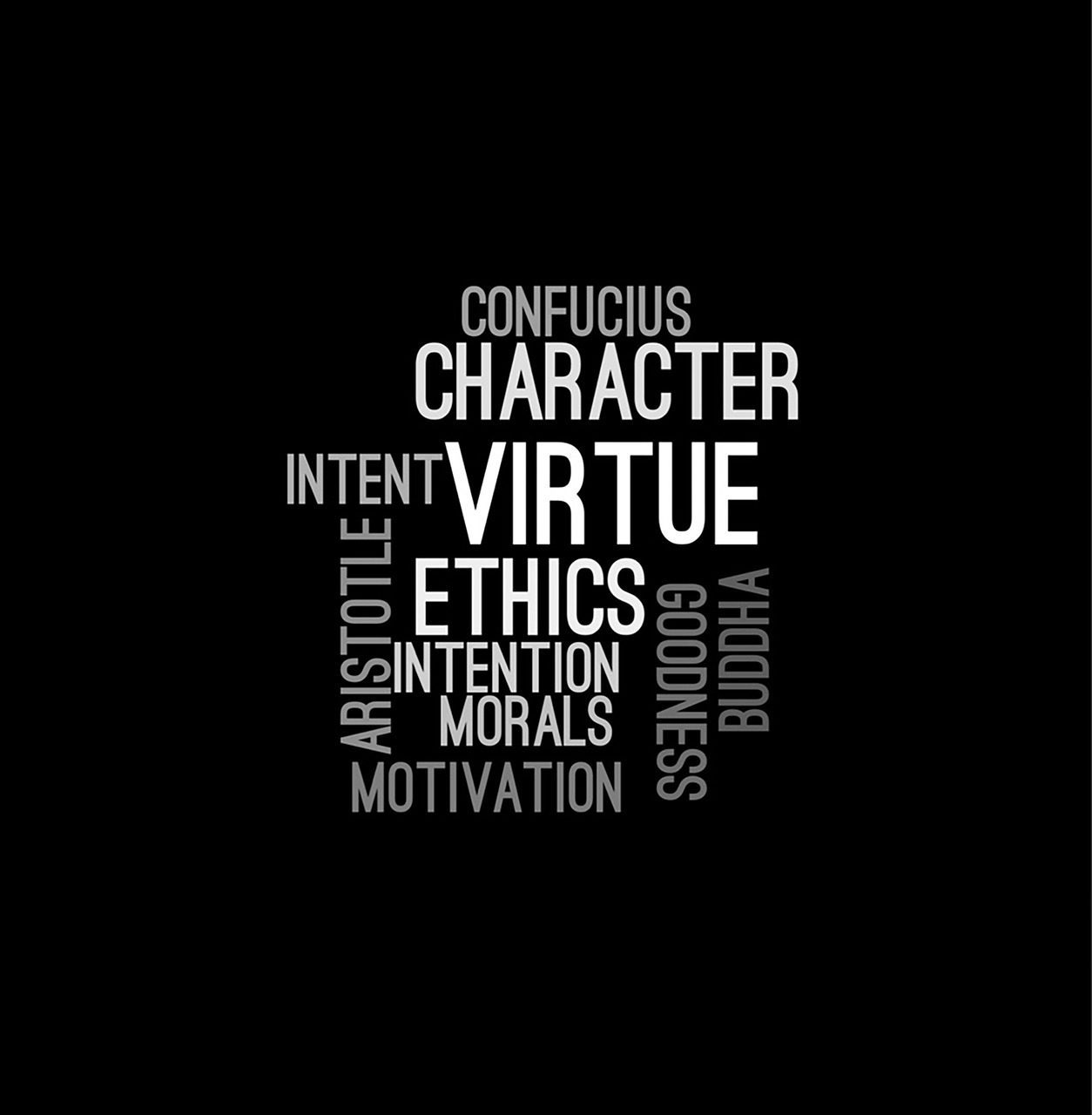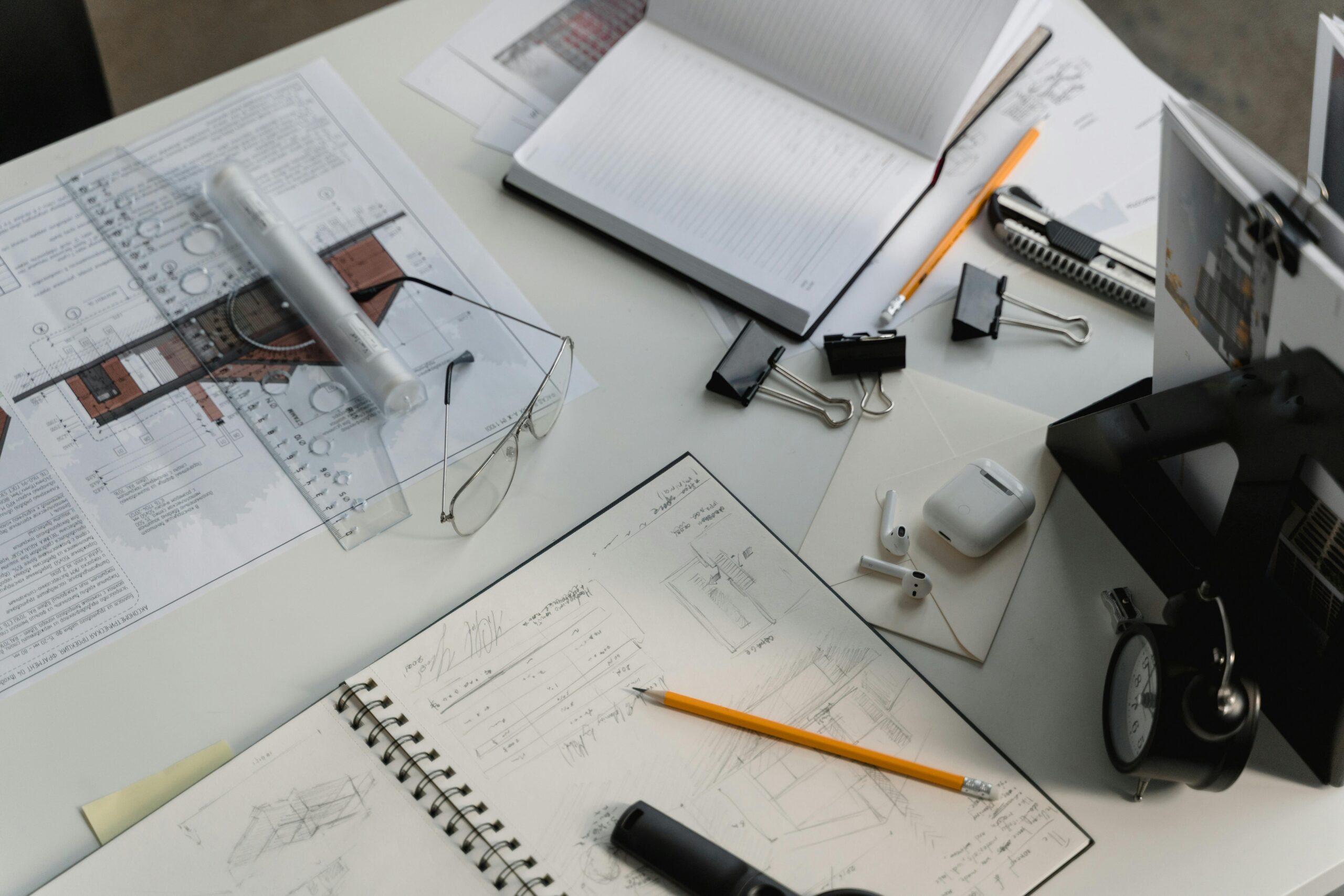What is AI Art Therapy and Why Does It Matter?
Instead of struggling to put complex emotions into words during a therapy session, imagine being surrounded by captivating digital art that brings your feelings to life. One of the most innovative advancements in contemporary mental health care is AI-assisted art therapy, and this is not science fiction.
There are millions of traditional art therapy practitioners who value the effectiveness of their patients being able to communicate emotions that words cannot express. However, what happens if you blend this tried-and-true technique with cutting edge artificial intelligence? A more powerful, personalized, and readily accessible therapeutic experience is what you get.
The People Behind The Innovations
Like many in her profession, Sarah, a 28-year-old marketing professional, had never been a firm believer in therapy. “I’m not artistic,” she’d always say whenever her friends suggested art therapy for anxiety. Everything changed when her therapist incorporated AI art therapy. Suddenly, she was able to capture her racing thoughts in beautiful, meaningful visuals that transformed her understanding of emotions and enriched therapy sessions.
AI art therapy’s ability to transform and personalize the therapeutic process can seem almost magical. It can help lift so many barriers to healing.
The Impact of AI on the Mental Health Industry
There is a digital revolution happening in the mental health field. Meditation is no longer a niche practice, thanks to apps like Headspace, and therapy is available on every smartphone courtesy of platforms like BetterHelp. AI art therapy is one of the next leaps within this digital shift.
Why Traditional Art Therapy Faces Challenges
Traditional art therapy is undoubtedly helpful, but it does have its limitations:
- The “I’m not artistic” barrier: People tend to think that art therapy is not meant for them, either because they can not paint or there is no way that they can draw.
- Limited accessibility: Not each and every one is able to reach physical art therapists.
- Subjective Interpretation: Understanding art has a wide scope which in itself varies a lot for different therapists.
- Time constraints: The set duration for a therapy session, in most cases, is not sufficient to create thoughtful art.
How AI-Assisted Art Therapy Solves These Problems
Addressing each of these issues in turn is art therapy that is assisted by AI.
- Breaking down creative barriers: Providing powerful descriptions of how one feels utilizes text to image generators such as Dall E or Midjourney. These images vividly capture emotions. There is no requirement of an artistic skill.
- Increased accessibility: Those in remote locations or on a restricted budget, need not worry any longer as aided platforms are reachable 24/7.
- AI provides data driven insights: Based on emotional state and progress over time, AI can give objective feedback about the client’s artwork, analyzing its colors, patterns, and themes.
- Increased Efficiency: Every client has a unique set of needs. The AI can produce numerous artistic interpretations of a single image, providing the client and therapist with more session material, which leads to more customized sessions.
How AI Art Therapy Works: Understanding Your Brain’s Activity

Creating art can trigger various areas of your brain, like the prefrontal cortex, limbic system, and the motor cortex. This symphony of activation helps explain why art therapy is effective.
Healing Through The Arts: The Neuroscience of Therapy
Creative activities individually and collectively can:
- Lead to a reduction of cortisol (stress hormone) levels by as much as 75%.
- Enhance dopamine release improving the mental state and motivation.
- Enhance the emotional regulation abilities of the brain.
- Energize the self-referential aspect of the brain to think of one’s self.
AI can enhance the beneficial effects of creative activities by providing custom exercises that stimulate certain areas of the brain, like the nervous system through calming AI mandalas. More difficult to express complex emotions can also be explored through descriptive and abstract AI Art.
Real-World Evidence
A study published in the Journal of Digital Therapeutics in 2024 found that users of AI-assisted art therapy experienced:
- 40% more improvement in anxiety symptoms over traditional talk therapy
- 35% improved adherence to treatment
- Emotional breakthroughs that are accelerated (averaging 3 sessions instead of 8).
Popular AI Art Therapy Tools and Platforms
Text to Image Generators for Emotional Expression
- DALL-E 3: Best for interpreting feelings and converting them to visuals. Users may prompt “my anxiety as a stormy ocean” and receive varied artistic responses.
- Midjourney: Best for deep exploration of abstract emotional ideas. Midjourney’s consistent art style often exposes the user to unanticipated emotional reasoning.
- Stable Diffusion: Open-source and customizable. Therapists are able to create tailored prompts designed for specific therapeutic objectives.
Specialized Therapeutic Platforms
- ArtFlow Therapy: This platform is designed specifically for the application of mental health, combining AI art generation with mood and progress tracking.
- MindCanvas: Offers sessions of guided art therapy and employs AI techniques to analyze color usage, composition, and symbolic elements for further insights and feedback.
- TherapyBrush: Syncs with EHRs so that therapists can monitor their patients’ progress through their art over time.
Virtual Reality in AI-Assisted Art Therapy
- Tilt Brush: This tool lets users express themselves artistically in three dimensions. It helps users visualize their emotions with in-depth paintings that can assist in trauma healing.
- Gravity Sketch: This tool blends artistry and awareness. It helps users understand the physical space connected to their emotions.
The Human Role in AI-Assisted Art Therapy
AI does not displace therapists; it enables them to operate efficiently. The best art therapy done with AI is when technology is seamlessly integrated with a skilled human hand.
How AI Can Help
- Evaluates art without bias.
- Open for expression at any time.
- Gives consistent assignments and exercises.
- Tracks data through sessions.
- Creative blocks are eliminated.
What Human Therapists Offer
- Provides emotional safety and trust.
- Offers professional insight on therapy progress.
- Offers tailored support relative to specific requirements.
- Gives immediate support in case of a psychological emergency.
- A meaningful and priceless human bond that is essential for healing.
A Perfect Combination
Art therapists are now using AI to enhance their creative therapy sessions, encouraging clients to explore their art as a narrative. AI is proving to be a reliable therapeutic assistant, as it is capable of expediting the creative process, optimizing exercises, and offering expression methods that clients can use in and out of sessions. Harnessing the psychological power of memories helps clients release and integrate their past.
Real Success Stories: The Power of AI in Art Therapy
Case Study 1: Veterans Suffering From PTSD
An AI art therapy program was developed for combat veterans suffering from PTSD at the Veterans Affairs Medical Center in Phoenix. Utilizing AI, participants created symbolic representations of their trauma memories, allowing them to explore them in a safer, more abstract way.
Results after 12 weeks:
- 65% reduction in nightmares
- 50% enhancement in overall sleep quality
- 70% of participants chose to continue with traditional therapy (compared to 30% in control group)
Case Study 2: Corporate Wellness Program
One of the Fortune 500 companies adopted the AI art therapy for employee wellness program. Employees had the opportunity to use AI art generators to express and visualize work stress during their breaks.
Outcomes:
- 30% reduction in stress-related sick leave
- 25% increase in productivity
- 45% increase in employee satisfaction score
Case Study 3: Adolescent Anxiety Treatment
A hospital in Boston has incorporated AI art therapy for teens with anxiety disorders. The visual aspect of the therapy helped engage digital natives who often struggled with traditional talk therapy.
Results:
- 80% of participants had measurable reduction in anxiety
- Achieved a 90% program completion rate (60% for traditional therapy)
- Enhanced parent-child communication around mental wellness
Getting Started with AI Art Therapy
For Individuals: Tips and Guidelines
Start Simple:
Use free platforms such as Google’s DeepDream and Artbreeder. Spend 10-15 minutes a day for a week creating images that depict your emotions.
- Keep A Visual Journal: Document your feelings while creating each piece of AI-generated art. This will allow you to identify feelings that are linked to patterns over a certain duration of time.
- Join Online Communities: Participate in Discord art therapy groups and visit r/AIart on Reddit to expand your support and inspiration to other people experience similar journeys.
For Those Seeking Professional Help
- Find Qualified Therapists: Search for art therapists that are licensed and trained in digital tools. The American Art Therapy Association holds a registry for professionals with a certification.
Ask The Right Questions:
- With your practice, do you have AI-assisted art therapy?
- In your practice, what tools do you incorporate?
- What measures do you take for privacy and data protection?
- With your practice, can you integrate AI tools with art therapy?
For Mental Health Professionals
- Training Opportunities: Within digital tools, The International Association for The Study Of Pain offers courses focusing on art therapy.
- Start Small: With technology, practice will allow for more comfortable ways to use them, such as the introduction of AI art platforms.
- Ethical Considerations: In any case, the client and their privacy, their consent to the situation, and the nature of the therapy remain the central focus against innovative technology.
Considerations about Potential Challenges and Limitations
Privacy and Data Security Issues
Creating art using platforms like AI comes with its benefits, but it also presents numerous challenges, including sharing sensitive information online. Specifically, you need to bear in mind:
- Methods used to store and secure your information.
- Who is able to view and access your artwork.
- Whether your designs are utilized for AI model training.
- Your capacity to manage, delete, or exercise control over your information.
Privacy risks to look out for:
- Services and platforms that provide information privacy measures but are vague about details.
- Platforms claiming proprietary rights to user generated content.
- Platforms that offer free services and appear too good to be true (these often end up selling your information).
Risks Associated with AI Technology Dependence
It is wise to embrace new innovations like AI. However, over-dependence on such innovations can lead to self-isolation including:
- Turning to digital objects to replace human connection.
- Leaning on AI for emotional issues.
- Diminish engagement with classic creative techniques.
- Missing nuances of human interaction that provide emotional cue.
Authenticity in Art and Culture
Artworks used for AI training pose numerous challenges in regards to fueling:
- Racially and culturally appropriation, and insensitivity.
- Lack of diverse representation of artistic cultures.
- Generic style that fails to portray personal cultural uniqueness.
The Upcoming Developments of AI Art Therapy
Developments That May Happen Soon
- Brain-Computer Interfaces: This new technology will allow individuals with mobility impairments to participate in art therapy by forming pieces through their minds.
- Emotion Recognition AI: In the future, it is plausible that technology will be developed to analyze voices, faces, and even the body to suggest a form of art therapy at a personal level.
- Collaborative Virtual Spaces: Picture therapy sessions where participants could draw in a shared virtual room and be directed by an AI.
Predictions For The Next Decade
Taking into account the current trends and technological advances, the following predictions can be made:
- 2025-2027: Many clinics will be using AI art therapy. Most will include some form of digital creative therapy to their services.
- 2028-2030: About that time, it will be possible to create AI art therapists that offer initial art therapy sessions with a human supervisor for more complicated matters.
- 2031-2035: AI art therapy will be incorporated with other biometric devices to create an all-in-one system for mental health.
Guides to Help You Get the Most Out of AI Art Therapy
Start with These Steps
1. Define your goals: What’s the goal with the AI art therapy?
2. Ensure Empathic Attention: Get an environment that’s free from distraction for your artistic sessions.
3. Embrace In the Moment: There is no incorrect method to craft art meant for therapy.
4. Initialization of Therapy: Document sessions noting emotional states and the sessions AI art and creations to note the connection between the two.
During the Meeting
1. Art Control: The automation art requires control. Diverging AI art texts requires to healthy for the automation for your The AI Art.
2. Be attuned to the responses: Focus and observe the images and their emotional transitions.
3. Don’t think too deeply: The insights that many regard to be deep can be out of strong spontaneity and motivation.
4. Step away and home: Come back to the art with a fresh perspective.
Following The Creation Process
1. Examine significant reminiscences: Center the deep analysis by documenting themes, shape symbols, and lines that repeat, stating the emotions the different styles reflect.
2. Submit intelligently: Choose the submission style, be it to a friend’s personal dms and chat, or to unknown streams, or to a trust of your process, and keep your art intimate.
3. Recognize micro wins: Simple wins and the documenting noting different levels of mood, emotions awareness, and expression.
4. Define goals: Use the other’s art to inform a different emotional response and structure the therapy to boost self awareness.
Commonly Asked Questions
Is AI art therapy as effective as traditional therapy?
AI art therapy can be very effective, especially alongside therapeutic support from a human therapist. Research indicates that AI therapy can help heal post trauma faster, but it is best used alongside traditional therapy, rather than in place of it.
What are the costs of AI art therapy?
Costs vary widely.
- Subscription based work: $10-50 per month for advanced features.
- Therapist session AI: $100-200 per session.
- Insurance coverage: insurance is beginning to cover digital therapy tools.
- Free options: Basic AI art generators like Google’s DeepDream.
Is my personal information safe?
This depends on the platform in question. Always read the privacy policy thoroughly and look for:
- Clear data ownerships policies.
- Encryption & deletion options.
- HIPAA compliance on medical platforms.
- End to end encryption.
Is AI art therapy suitable for children?
AI art therapy is suitable for children as long as they are properly supervised. This demographic is very fluent with technology, in; Thinker loss, AI art therapy approaches can be helpful to children, as well as teenagers. Professional and parental supervision is a must.
What if I don’t like the art that AI creates?
That is perfectly understandable and might even be helpful in a therapeutic sense. Your response to AI art, whether you like it or not, is meaningful regarding your feelings and preferences. Talk about these feelings in therapy.
Conclusion: Welcoming the Coming Age of Healing
AI art therapy is a remarkable evolution in the methodology of art as a therapy. By blending the age-old benefits of art with the accuracy and availability of AI, the methods and approaches to mental health treatment is being revolutionized in ways that could not have been imagined a few years ago.
This technology is not meant to replace the human elements of therapy. It is intended to enhance them. It aims to make creative healing available to individuals who never believed they could benefit from art therapy. It aims to equip therapists with innovative ways to assist their clients. And it aims to shape a future where mental health care is more tailored, widely accessible, and effective than it has ever been.
If you are a mental health practitioner interested in using AI in your practice, or if you are looking for ways to care for your emotional wellness, or you are a technology and healing enthusiast, AI art therapy has intriguing opportunities.
The path to improved mental health doesn’t have to be taken alone, and it certainly doesn’t have to rely on traditional methods. We are now entering a new world of therapy possibilities, as AI and artistic creativity can be combined with human insight and wisdom.
Would you like to try AI art therapy? You can begin with one of the free options listed in this article, or contact a mental health professional who uses digital technology in their practice. You might be able to start your creative and healing journey today.
About the Author: This article was designed to provide people and mental health professionals with the understanding and knowledge they need regarding AI-assisted art therapy. Always consult up to date mental health professionals and research digital therapeutics to ensure you have the most accurate information and ai-assisted therapy resources.










